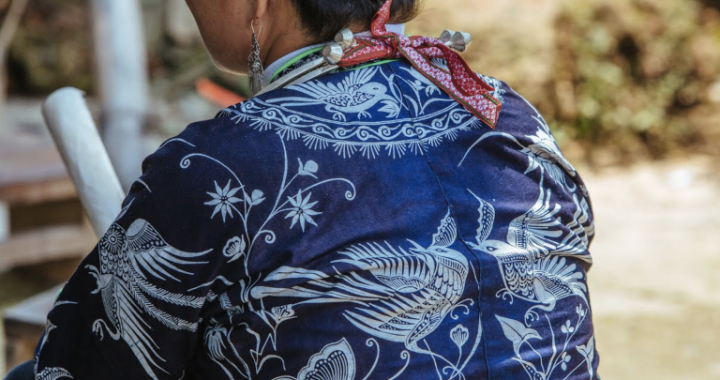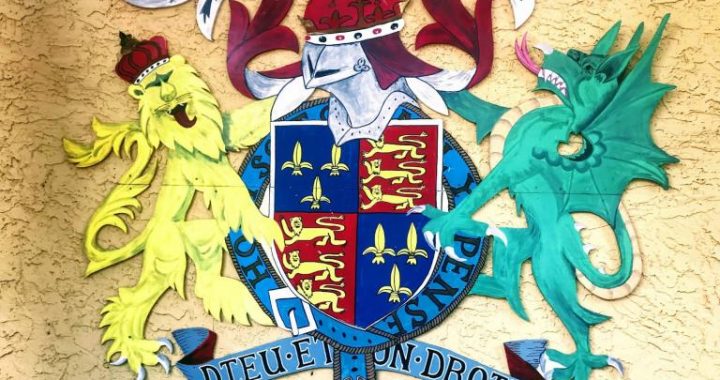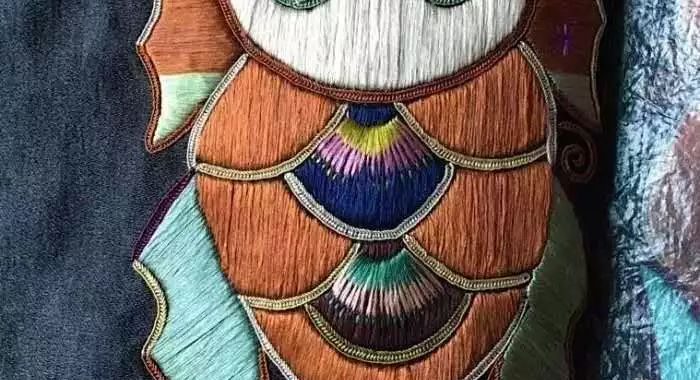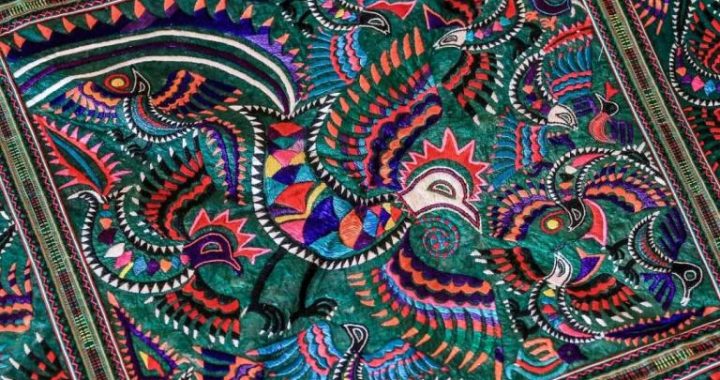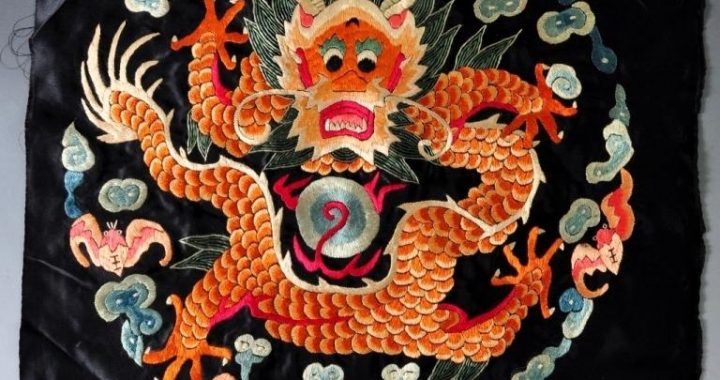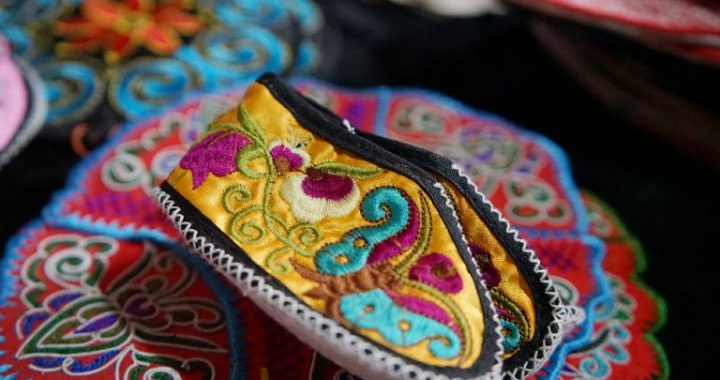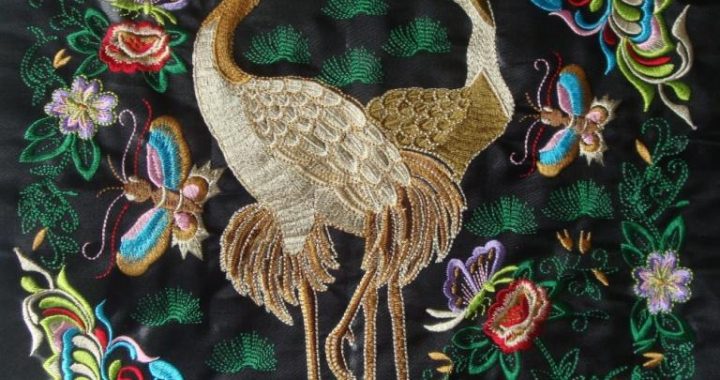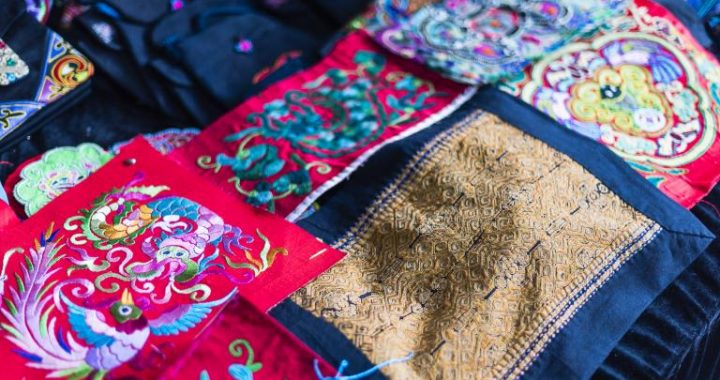Popularity of Gilded Textile
3 min readThe reeling of silvery silk from southern silkworms,relieves fatigue of unkempt silkworm farmers;the best silk from Tiaoxi river basin,are submitted to the court for weaving every year.
(Yuan dynasty)
The 13th-14th century was a period of turbulence in the world history.Temijin was the founder,Khan(ruler)and Khagan(emperor)of the Mongol Empire,the largest contiguous empire in history.After being proclaimed Genghis khan in 1206 at Onon River,he started the Mongol invasions with his descendants,waged unprecedented expeditions eastward and westward.Kublai Khan,a grandson of Genghis khan,set up the Yuan dynasty in Central Plain in 1271,reunited China in 1279 after wiping out the Southern Song dynasty,and founded a multinational country ruled by an ethnic minority.
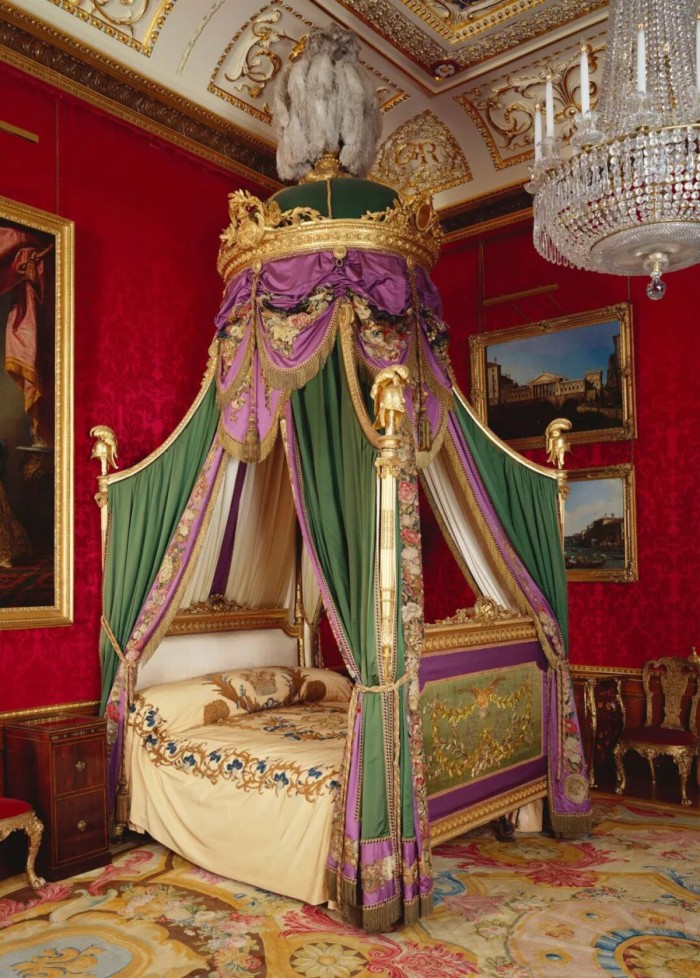
The Yuan dynasty was a unique era in Chinese history.Expanding across Eurasia,the empire not only possessed the vastest territory in Chinese history,but also accommodated co-existence of multinational cultures,such as Mongolian culture,Islamic culture,traditional Chinese culture,and even Christian culture from Europe.
During the Yuan dynasty,the consecutive war and cold weather led to the withering of silk production in northern China,while the role of the southern area became more and more important.The government called excellent silk artisans from all over the country,and set up large numbers of governmental silk workshops.In order to encourage agriculture and sericulture production,a series of monographs,such as Essentials of Agriculture and Sericulture and Book of Agriculture,were written during that time to summarize techniques of sericulture and silk weaving,these books became valuable materials for later generations to study the silk industry of Yuan.
In the Yuan dynasty there was a renowned Italian traveler Marco Polo.He recalled his experiences in China in his book Travels of Marco Polo,which aroused a great sensation in the medieval Europe.In this book,there are more than 20 places which were described to be productive of silk,especially in Hangzhou area ofJiangnan.According to his records,most of the residents were dressed in silk clothes,and a great amount of silk textiles weaved with gilded threads were burnt in fire on funerals of the noble.
Popularity of Gilded Textile
The Mongol,as well as other northern nomadic nations,bore a special favor to gold,which might result from the severe natural environment and dull coloring inthe north.Therefore,the shining gold became the best symbol of hope and life.The Mongol,especially their ruling class,were also fervent to expensive gilded silk products.In a legend Genghis khan once swore,sitting on Altai Montains in Xinjiang,he would dress all his wife,concubines and daughters up with gilded silk clothes.During the Mongol rule over China,the fashion of gilded silk textiles spread across the country.

Gilded textiles of the Yuan consisted mainly of gold weaving and gold printing,while Nasich lampas was the most famous and special species of gold weaving.This technique was introduced from Western Region,and Nasich was a Persian term for lampas woven with gold threads.In order to enjoy this precious lampas,the Mongolian nobles set up five workshops especially for producing them.As recorded bMarco Polo,the tents and cushions used in the army were all made by Nasich lampas.
What a luxurious life the nobles led!
Then,how was gold processed into gold thread ready for weaving?Usually ther ewere two ways. One was called gold slicing, which was to cut paper-thin gold foil into slices of 0.2 to 0.5 mm wide that could be directly applied for weaving. The other was called gold twisting, which was to wrap cut gold slices on common silk thread for weaving.
The Yuan people not only used gold thread to weave, but also applied gold foil or gold dust as a dye to print on textiles. Many of such gold printed textiles have been found from Yuan tombs in northern China, while others are scattered overseas, and are in most cases collected in temples or by private owners. For instance, onone gilded lampas in a private collection in London, the printed gold pattern is outlined by vermillion, making the motif more striking.
